Steppenwolf and The Second by Steppenwolf
Buy Steppenwolf Buy The Second Steppenwolf arrived on the rock scene like a storm in 1968 and released their first two albums, which produced their most indelible classics which persist to this day, […]

Buy Steppenwolf Buy The Second Steppenwolf arrived on the rock scene like a storm in 1968 and released their first two albums, which produced their most indelible classics which persist to this day, […]
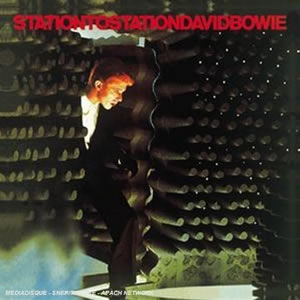
Buy Station to Station His tenth overall studio album, Station to Station was a transitional album for David Bowie. Musically, this 1976 album seamlessly bridges the gap between the glam rock of Bowie’s […]
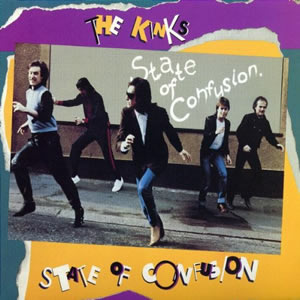
Buy State of Confusion The Kinks reached the climax of their second major success phase with State of Confusion in 1983. This album comes at the heart of the band’s early eighties “renaissance” […]
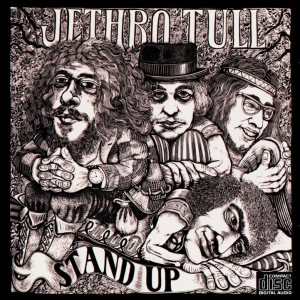
Buy Stand Up 1969’s Stand Up is an early classic by Jethro Tull. The album was produced in the wake of a splitting of musical directions, as the band’s original guitarist Mick Abrahams […]

Buy Sports Huey Lewis and the News found their peak of commercial success with their third album, Sports. Released in the Autumn of 1983, the album topped the Billboard album charts the following […]
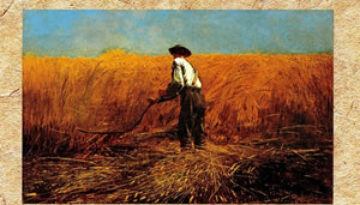
Buy Southern Accents Tom Petty & the Heartbreakers found a nice blend of mid-eighties pop and their traditional rock sound on 1985’s Southern Accents. This sixth album by the group (and first new […]
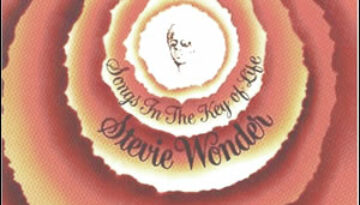
Buy Songs In the Key of Life The incredibly long and ambitious Songs In the Key of Life became the tour-de-force of Stevie Wonder‘s prolific seventies. The album consisted of two LPs plus […]
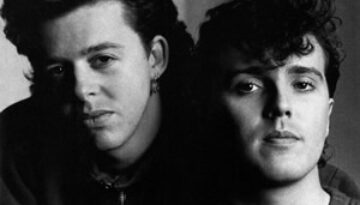
Buy Songs From the Big Chair In the 1980s, Tears For Fears was a progressive/new wave project by composer and vocalist Roland Orzabal and bassist Curt Smith. They reached their commercial peak with […]
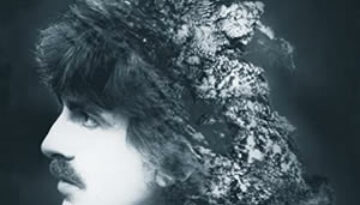
Buy Somewhere in England Somewhere in England was an arduous and frustrating album to produce for George Harrison, taking more than a year to release. The album was critically panned as the material […]
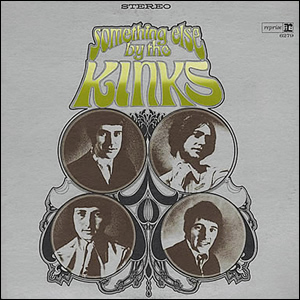
Buy Something Else by The Kinks Something Else by The Kinks was a transitional album which straddled the riff-driven pop songs of their early years and the more artful compositions of the band’s […]